Oskar Maier
*: shared first/last authors
Supporting stylists by recommending fashion style
Aug 26, 2019

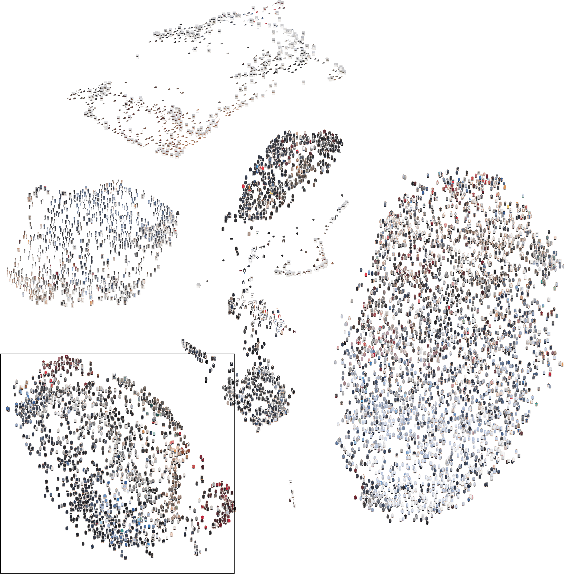
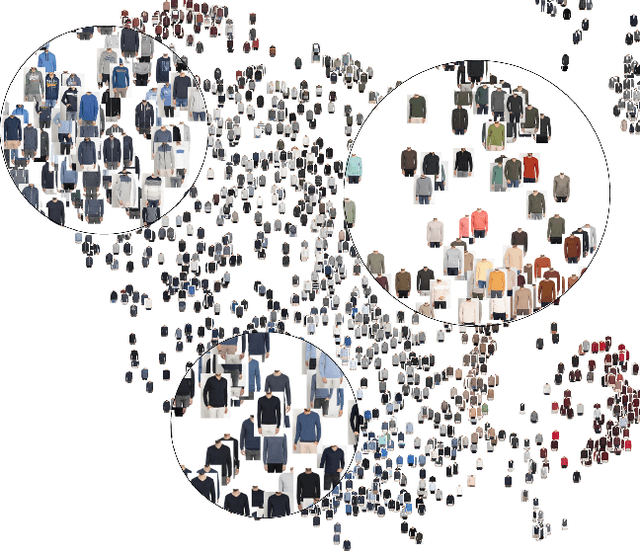
Abstract:Outfittery is an online personalized styling service targeted at men. We have hundreds of stylists who create thousands of bespoke outfits for our customers every day. A critical challenge faced by our stylists when creating these outfits is selecting an appropriate item of clothing that makes sense in the context of the outfit being created, otherwise known as style fit. Another significant challenge is knowing if the item is relevant to the customer based on their tastes, physical attributes and price sensitivity. At Outfittery we leverage machine learning extensively and combine it with human domain expertise to tackle these challenges. We do this by surfacing relevant items of clothing during the outfit building process based on what our stylist is doing and what the preferences of our customer are. In this paper we describe one way in which we help our stylists to tackle style fit for a particular item of clothing and its relevance to an outfit. A thorough qualitative and quantitative evaluation highlights the method's ability to recommend fashion items by style fit.
Is the winner really the best? A critical analysis of common research practice in biomedical image analysis competitions
Jun 06, 2018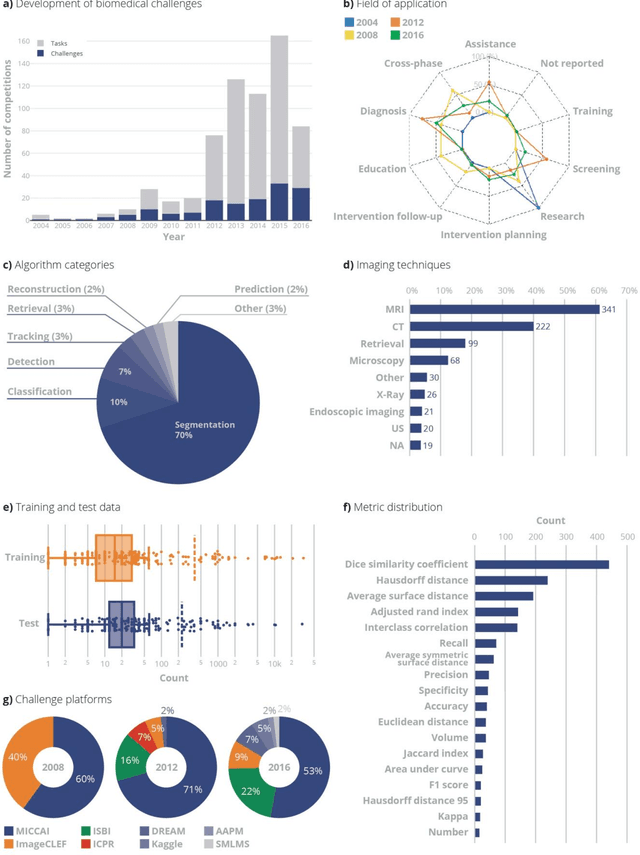
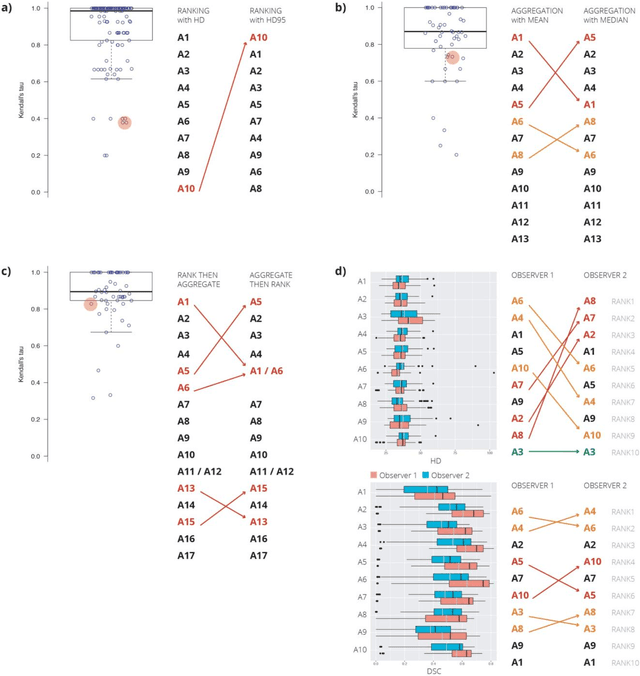
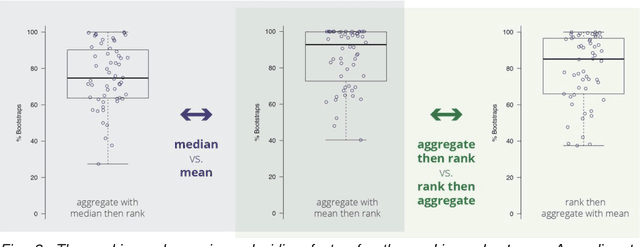
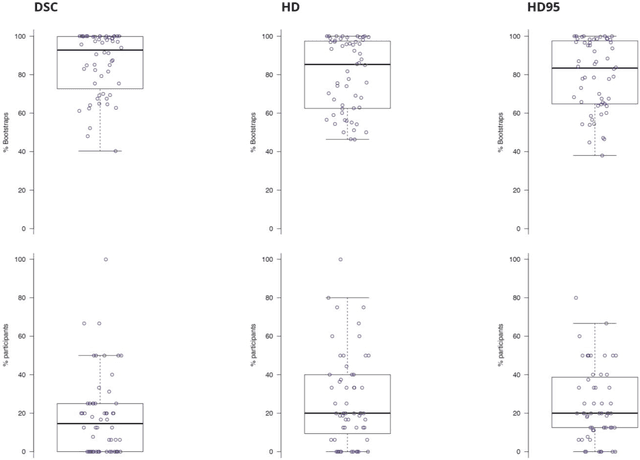
Abstract:International challenges have become the standard for validation of biomedical image analysis methods. Given their scientific impact, it is surprising that a critical analysis of common practices related to the organization of challenges has not yet been performed. In this paper, we present a comprehensive analysis of biomedical image analysis challenges conducted up to now. We demonstrate the importance of challenges and show that the lack of quality control has critical consequences. First, reproducibility and interpretation of the results is often hampered as only a fraction of relevant information is typically provided. Second, the rank of an algorithm is generally not robust to a number of variables such as the test data used for validation, the ranking scheme applied and the observers that make the reference annotations. To overcome these problems, we recommend best practice guidelines and define open research questions to be addressed in the future.
 Add to Chrome
Add to Chrome Add to Firefox
Add to Firefox Add to Edge
Add to Edge